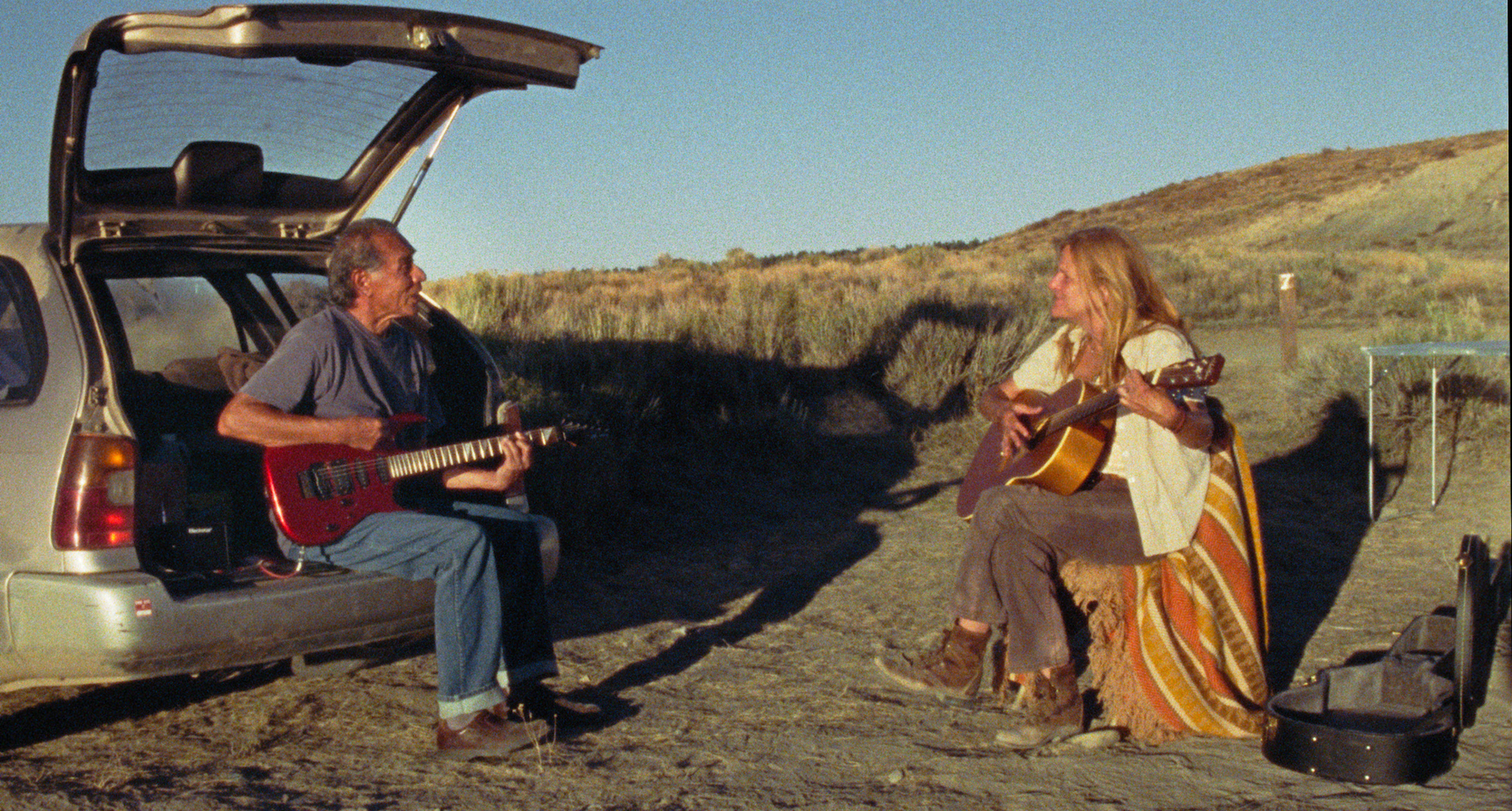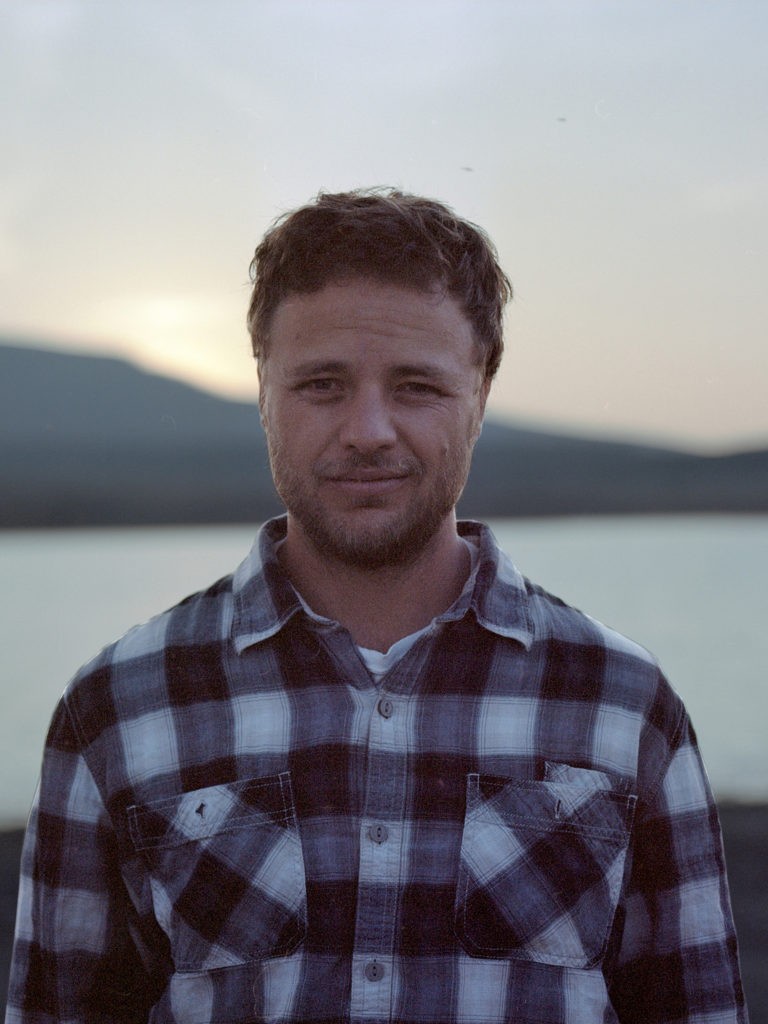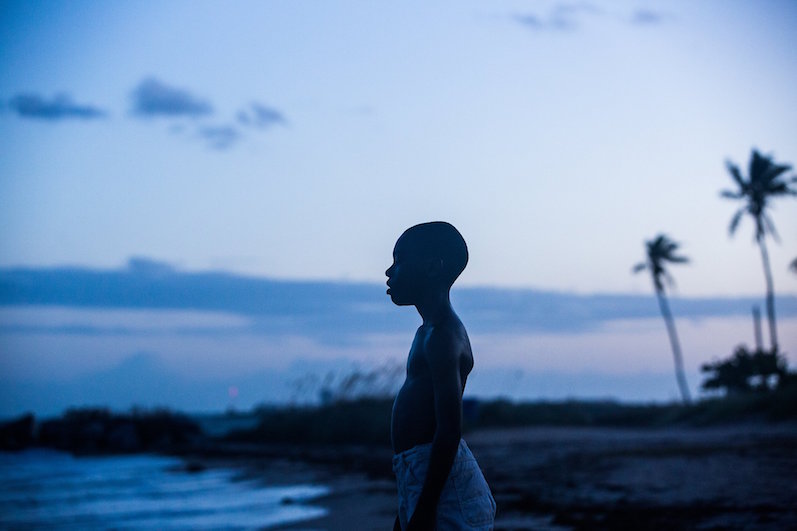For his first feature film, MAX WALKER-SILVERMAN has written, produced, directed, and edited an intimate character study exploring rural America, aging, and the path not taken. A LOVE SONG centers on reunited old flames reconnecting in the American West, and taking the leads are two beloved character actors ready for their too-rare star turns: Gotham and Independent Spirit Award-winner Dale Dickey (Winter’s Bone) and Honorary Oscar recipient Wes Studi (The Last of the Mohicans).
A Colorado native and NYU Tisch School alum, Walker-Silverman’s work experience ranges from cowhand to community organizer to filmmaker. His previous credits as writer/director include the 2017 short Get Away, the 2019 short Lefty/Righty (winner of the National Board of Review Student Grant), and the 2020 short Chuj Boys of Summer (winner of the Denver Film Festival Liberty Global Student Filmmaker Award and a SXSW Special Jury Award).
Filmed near Walker-Silverman’s hometown of Telluride with his longtime collaborators, A Love Song premiered at the 2022 Sundance Film Festival and was picked up for distribution by Bleecker Street Media. It hits select theaters starting on July 29.
We had the chance to talk with writer/director/producer/co-editor Max Walker-Silverman about bringing his feature debut to fruition.
——
COLIN McCORMACK: Let’s start at the beginning. What was your initial inspiration for A Love Song?
MAX WALKER-SILVERMAN: I wrote this for this lake where I live; for the mountains where I grew up; for this actor Dale Dickey, who I did not know but admired very much. I had these images in my head. I had fallen in love and some people I love were falling out of it. And maybe that question lay at the heart of it, all the different ways love can touch our lives and enter it, exit it, and re-enter it again. You think about all these things and drive around and listen to music and look at these mountains out the window. This is the story that bubbled out of it.
CM: In terms of writing something that you somewhat had the elements — a location in mind, an actor in mind — did you also have a pathway to production in place before the writing started? Or did you finish a draft and then go about finding other producers and financiers?
MWS: There were aspects of it that I knew we could do. What I mean by that is I knew that this was at a scale that I wanted to do it with my friends from film school who I had also done shorts with – and had done the shorts in the same place. This is my cinematographer and my designers and producer Jesse Hope, who I had grown up with in Colorado. And I believed that we could put together the nuts and bolts of the shoot on the ground. That I felt comfortable with because we had done it before and this would just be longer. But I did not write it having any clue how it would be financed or how we would work with real actors who are wonderful and intimidating and all of that. I was fortunate to get to know a producer named Dan Janvey, who helped me and Jesse Hope with the broader architecture of what a feature means and how to finance it and how to set it up, which we were unfamiliar with.
CM: Once the ball started to get rolling on the financing side, what was the casting process like? Not only logistically in getting Dale and Wes attached, but since you wrote it with Dale in mind, what was that like emotionally for you? It must be nerve-wracking sending your script to [an actor] who you had in mind from the very beginning.
MWS: Yeah, of course. But the whole sensation of getting this thing put together was already nerve-wracking and surreal, it just seemed like a part of it. The real truth is I kind of never assumed it would actually come together. I wrote it in the spring of 2020 in the pandemic and it was as much just to put something theoretical on the horizon as anything and to give me and my friends a reason to call each other and plan towards something and act as if there was maybe a future for us at a time when that was so deeply uncertain. What I never would have verbalized but assumed was that it probably wasn’t going to come together but we would be no worse off for it, we’ll have learned things and given it an honest go. The real moral of that story is once you pretend something’s going to happen, people really start listening to you and get interested and occasionally it actually does. So the whole thing became this wild ride that I’m still surfing on today in this hotel room in Los Angeles with my room service oatmeal. And now I’ve lost track of what your actual question was [laughs].
CM: The casting process in getting Dale and Wes attached.
MWS: So I reached out to Dale. I wrote her a letter. I did believe there was a chance she’d be interested because it was unlike anything she’d done in film. But I was so nervous to talk to her. A phone call was set up and right before we talked, a few minutes before, I got a text message from her that was full of emojis and hearts and smiley faces, and that little text message just calmed me down completely and set my mind at ease. Somehow from that moment on, I was never nervous with her at all. I just have to give her — and then, Wes — credit that they’re just nice and lovely people. From the moment I met them, I felt so comforted and supported. And I hope they felt like they were in good hands, but I certainly felt that way myself.

CM: When you said you’d filmed in that location before, do you mean that actual park or the general area?
MWS: The general area, all over that mesa and all the mountains around it. I’d never shot at that particular lake, but up and down that road, yep.
CM: I’m always curious about when people do location scouting for areas where they also live. Do you have everything planned out exactly in your mind that more or less comes to fruition, or were you learning new places you maybe drive by frequently?
MWS: In this case, it was pretty much the location scouting was in my head leading up to it. Because it was almost all in one location and I knew that was where it had to be and was the only place it could be. Of course, you also end up walking around and find a particularly beautiful piece of light in some corner of the lake and you want to film it. That was the key, to trust that we knew this place so well and knew what we needed out of it, but remembering to stay open to those little gifts that nature sometimes gives you.
CM: I was really struck by the juxtaposition of those vast landscapes with the cramped setting of the camper. What was that like wrangling the crew shooting in those two very different types of environments?
MWS: That’s a good question. It was such a small crew, there were like eight and me and the actors. We were in pretty good harmony. In the trailer, everyone would get their chance to set up and then have to step out. And that was for COVID as well as for space, dealing with a lot of those sorts of regulations and whatnot. It was a small enough crew that everybody had to help each other out and just be ready to do whatever needed to be done.
CM: You shot on film. There’s been a perception — and maybe it’s now fading — that film is too expensive for low-budget productions. But how did you guys make it work?
MWS: We shot on film on my shorts out there, so I guess that’s how we learned to make it work. Our experience has been that it is not really all that more expensive as long as the way that you work is suitable for it. What I mean by that is we work very conscientiously. Every take is plotted out and planned, every line is written and discussed. You’re of course trying to maintain the possibility of discovering spontaneity, but we have to — for schedule and budget and many other reasons — get things in just a couple of takes. That being the case, film fits into that perfectly fine. If we were going about it without a script and improvising everything, it would be a very different experience and I wouldn’t want to use film. But since we’re doing things so deliberately, patiently, and thoughtfully, it works really easily.
CM: How long was the shooting schedule?
MWS: We shot for 21 days over a month.
CM: You spoke briefly about COVID protocols. It seems like the isolated location, the small crew, that must have been helpful when it came to the COVID safety side of things. Or was it still a massive undertaking?
MWS: So we designed a bubble and worked very hard to build it, and everyone who was a part of this movie quarantined and was tested and was very patient and thoughtful to get into the bubble. That was sort of the key piece of it, and it wound up being this lovely thing because once we were there, we couldn’t act like normal but we could at least relax a little bit. But SAG still had testing requirements and those were not relaxed based on whatever else we were doing, so we still also had to test every other day and do all of those things. So yeah, it was a challenge. But what are you going to do? You’ve got to meet the challenge, that’s what this business is.
CM: As the director but also the co-editor, what was the post-production process like for you? It’s an intimate story and I’m sure the devil is in the details when you’re piecing it together.
MWS: Yeah, I edited the movie on my laptop all winter long for, I don’t know, four or five months. Just tried to tell the story we set out to make, nothing more and nothing less. And then I went to L.A. and spent a week with the great editor Affonso Gonçalves, who helped me polish it and make some final choices and get it up to snuff. Because of the way we shot it, which was very thoughtful, it wasn’t about discovering the story in the edit. It was really just about putting together what we’d already assembled. The story did not evolve very much from script to location and from location to the edit.
CM: Did that extend to the music choices as well? Did you know what inspiration for the music you were looking for during the writing stage, or did some of that come about during post?
MWS: Some of both. I wrote the script with specific songs in mind. These were songs I loved and had grown up listening to and listened to while writing the script and helped me feel what I wanted the audience to feel. And as the process goes, with licensing you discover that there are things you wanted but can’t afford. I worked with a great music supervisor named Joe Rudge and we embarked on this journey of looking for overlooked and undervalued music that might work in this movie, which I actually found really meaningful. What I want to do in film is shine a light on things that haven’t been appreciated, so that felt really purposeful. The soundtrack wound up being a mix of things that I’d known and planned for and also things that I discovered through this process of going through old or overlooked music. I’m really proud of the mix that we have and the fact that there are older artists in there, there are newer artists in there, there’s country but it also goes into blues and gospel and soul and into the roots of the genre. I hope that it shows how historical these traditions are, but also how alive.
CM: You debuted virtually, but have you had a chance to see the film with a big audience since the Sundance debut?
MWS: Yeah, I have. I’ve been able to be a part of really awesome screenings in many different countries now. It’s always a pretty wild thing to see something you made in your hometown with your hometown friends and how it can affect people all over the world. It’s so fascinating how sometimes you can feel within an audience when something’s working. And, for that matter, when it’s not. But it’s been really cool getting to share it.
CM: To finish, what is next for you?
MWS: I don’t know exactly, but I hope to be able to keep writing gentle stories out in Colorado and making them with my friends. I’ll be doing that as long as they let me.
__
Thanks to Max for talking with us about A LOVE SONG. Learn more about the film at the Bleecker Street Media site.
If you’re an independent filmmaker or know of an independent film-related topic we should write about, email blogadmin@sagindie.org for consideration.



